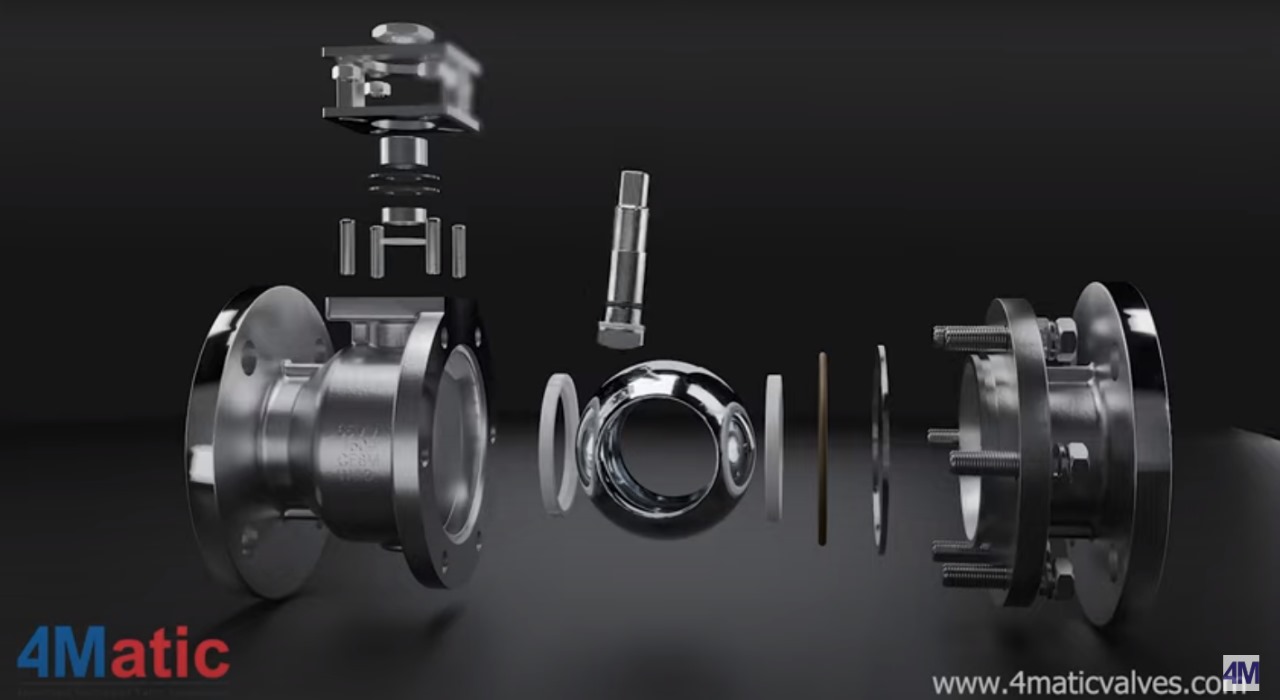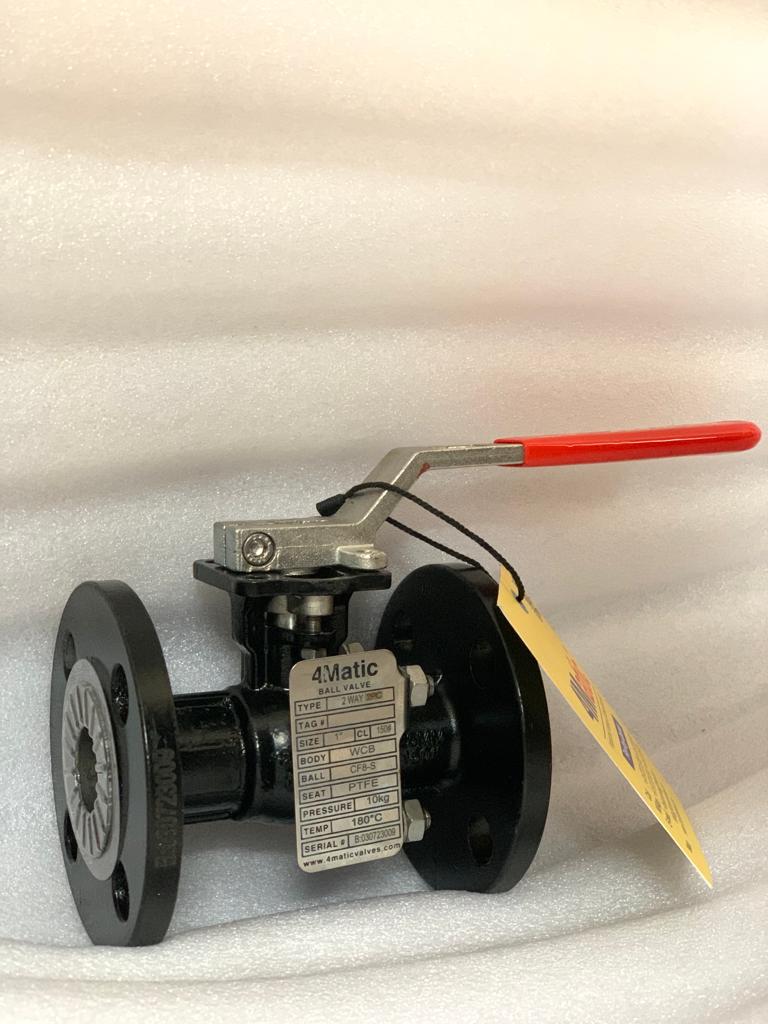
Introduction
In the complex and high-pressure environments of the process industries, the efficiency and reliability of equipment play a crucial role in ensuring smooth operations and mitigating risks. Among the various components used, the 4Matic ball valve stands out as a fundamental device that facilitates the flow control and isolation of fluids in critical systems. In this blog post, we will explore the significance of 4Matic ball valves in the oil and gas industries, their construction, functionality, and key applications.
1. What is a Ball Valve?
A ball valve is a type of quarter-turn valve that employs a hollow, perforated ball to control the flow of fluids through a pipeline. The ball has a hole (port) in the centre, which allows or restricts the passage of fluids when aligned with the pipe axis. Ball valves offer quick and reliable shut-off capabilities, enabling operators to control the flow and isolate sections of a system efficiently.
2. Construction and Components
4Matic Ball valves consist of several key components that work together to achieve optimal performance. These components include:
1. Body: The body of a ball valve provides the main structure and connection points to the pipeline. It is typically made of durable materials such as stainless steel or carbon steel, which can withstand high pressures and corrosive environments.
2. Ball: The ball is the central component of the valve, responsible for regulating fluid flow. It features a hollow or partially hollow structure with a bore that aligns with the pipeline when open or blocks it when closed. The ball is often made of materials such as brass, stainless steel, or titanium, depending on the specific application.
3. Seats: The valve seats are the sealing surfaces positioned around the ball’s bore. They ensure a tight seal when the valve is closed, preventing any leakage. Seats are commonly made from materials such as polytetrafluoroethylene (PTFE) or other resilient materials that can withstand harsh operating conditions.
4. Stem: The stem connects the actuator to the ball, allowing the rotation of the ball to control the fluid flow. It needs to be robust enough to transmit torque while maintaining alignment with the ball and providing a seal against leakage.
5. Actuator: Ball valves can be operated manually or through an actuator, which can be pneumatic, hydraulic, or electric. The actuator enables remote or automated control of the valve, enhancing operational efficiency and safety.
Look out for the detailed component view on our channel by following this URL:
3. Functionality and Operation
4Matic Ball valves operate on a simple yet effective principle. When the ball’s bore aligns with the pipeline, fluid can flow freely, whereas rotating the ball 90 degrees blocks the flow. This quarter-turn operation offers quick response times, reducing the risk of leaks or unintended flow changes. You can find out various types of ball on the following link: https://4maticvalves.com/ball-valves/
The positioning of the ball can be controlled manually by turning a handle or through automated actuators, allowing for remote operation and integration into larger control systems. The ability to rapidly open or close the valve makes ball valves suitable for applications requiring swift response times or emergency shutdowns.
APPLICATION OF BALL VALVE IN PROCESS INDUSTRY
Ball valves are widely used in the process industry for a variety of applications due to their versatility, durability, and ease of operation. Here are some common uses of ball valves in the process industry:
1. Flow Control: Ball valves are commonly employed to control the flow of various fluids such as water, gas, oil, and chemicals in pipelines. Their ability to provide a tight shut-off and regulate flow makes them suitable for both on/off and throttling applications.

2. Isolation: Ball valves are excellent for isolating sections of a pipeline or system. They can completely shut off the flow, preventing any leakage or unwanted movement of fluids during maintenance, repairs, or emergencies.
3. Process Control: Ball valves equipped with actuators can be used for automatic process control. By integrating them into control systems, operators can regulate the flow, pressure, or temperature of a process stream to maintain desired conditions.
4. Corrosive and High-Pressure Applications: Ball valves are frequently utilized in industries handling corrosive fluids or operating at high pressures. Their design allows them to withstand harsh environments and maintain a tight seal, making them suitable for applications in chemical plants, refineries, and power plants.
5. Instrumentation and Sampling: Ball valves with smaller diameters are often employed in sampling and instrumentation systems. They allow for easy and precise control over fluid sampling, measurement, or diversion of process streams.
6. Tank and Vessel Draining: Ball valves are commonly used for draining tanks and vessels due to their full-port design, which allows for maximum flow capacity. They are efficient in emptying tanks during maintenance, cleaning, or product changeover.
Overall, the use of ball valves in the process industry is extensive and diverse, ranging from basic flow control to critical applications involving high pressures, corrosive fluids, and automated process control. Their reliability, versatility, and ease of maintenance make them a preferred choice for various industrial processes.
Conclusion
4Matic Ball valves are indispensable components in the process industries, enabling efficient flow control, shut-off, and isolation of fluids. Their robust construction, quick response times, and reliability make them vital for optimizing production rates, enhancing safety, and ensuring smooth operations. As the industry continues to evolve, ball valves will continue to play a pivotal role in maintaining the integrity and efficiency of Process Industries.

